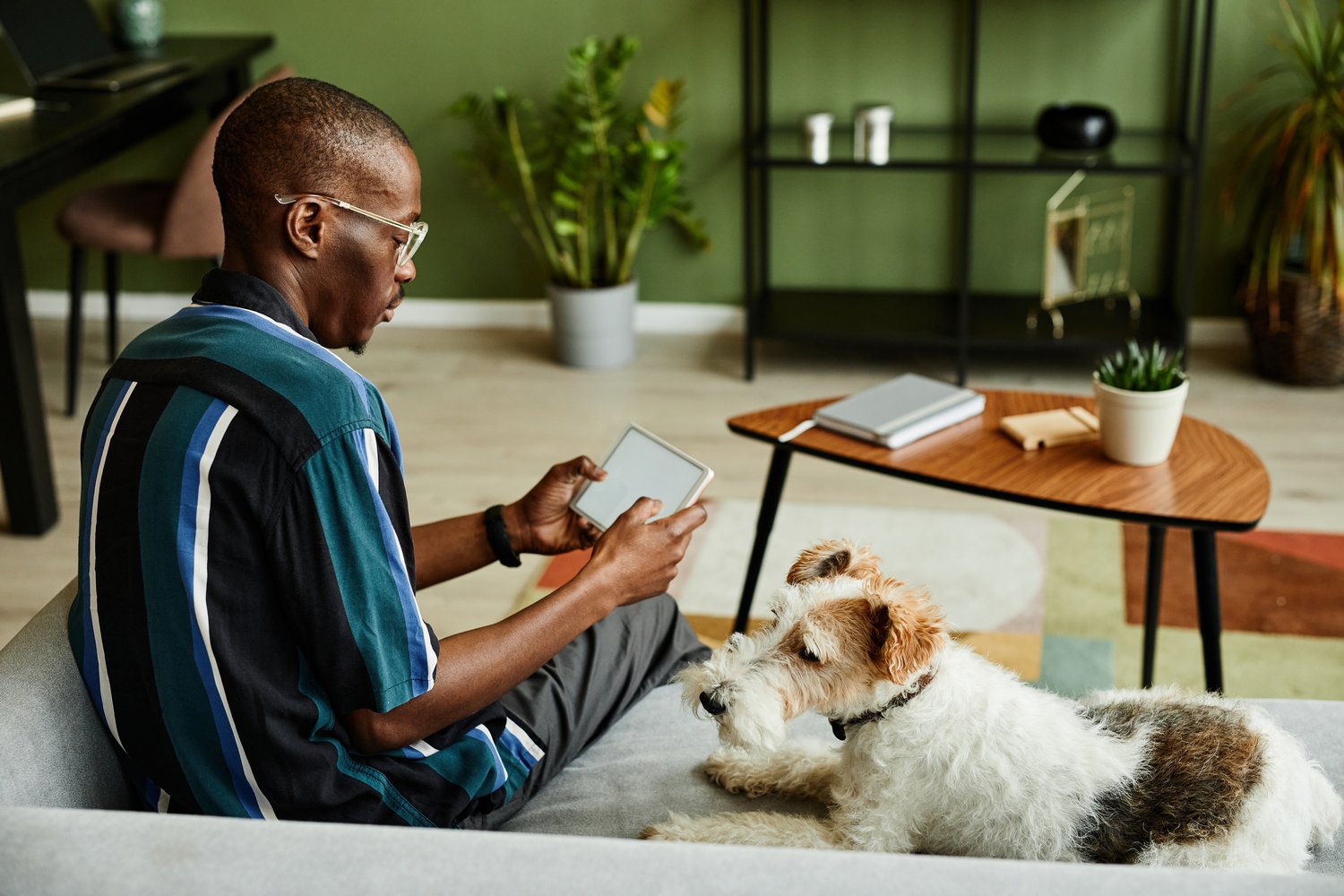Our beloved pets are cherished members of our families, but their accessories and beds don’t always complement our carefully curated interior design. Finding the perfect balance between pet comfort and aesthetic appeal can be challenging, yet it’s entirely achievable with thoughtful planning and creative solutions. This article explores innovative ways to incorporate stylish pet beds into your home decor while maintaining a cohesive design theme throughout your living space. From custom-built solutions to designer options that double as conversation pieces, we’ll guide you through transforming pet necessities into design assets.
Understanding the Importance of Pet Bed Integration
When designing our homes, we often focus on furniture, color schemes, and decorative elements that reflect our personal style. However, pet beds are frequently overlooked in this process, resulting in mismatched, out-of-place items that disrupt the flow of our carefully designed spaces. Pet bed home decor integration isn’t merely about aesthetics—it’s about creating harmony between your design vision and your pet’s need for comfort and security. When pet beds blend seamlessly with your existing decor, both you and your furry companion benefit. Your home maintains its design integrity while your pet gains a dedicated space that doesn’t feel separate from family living areas.
Built-In Solutions: The Ultimate Seamless Integration
Perhaps the most elegant solution for pet bed integration comes in the form of built-in designs that utilize existing architectural elements or furniture. Consider transforming the empty space beneath a staircase into a cozy nook for your dog, complete with cushioning that matches your home’s color palette. This integrated dog bed approach maximizes otherwise unused space while providing your pet with a den-like retreat that feels secure and comfortable.
Kitchen islands and custom cabinetry also present perfect opportunities for built-in pet beds. Working with a carpenter to modify lower cabinets or create a dedicated pet nook within a kitchen island can result in a sophisticated solution that keeps your pet close while you cook or entertain. These custom options can be finished with the same materials as your cabinetry, creating a cohesive look that appears intentional rather than added as an afterthought.
Furniture-Style Pet Beds: Double-Duty Design
For those who prefer flexibility in their interior arrangements, furniture-style pet beds offer an excellent compromise between dedicated pet space and design-forward thinking. These stylish pet beds are designed to resemble ottomans, side tables, or decorative benches, allowing them to blend seamlessly with your existing furniture while serving a dual purpose.
Look for options with removable, washable covers in fabrics that complement your upholstery choices. Wood finishes that match your coffee table or side tables create a coordinated appearance, while contemporary designs with clean lines can enhance modern spaces. Many furniture makers are now creating pet-specific pieces that prioritize both animal comfort and human aesthetics, recognizing the growing demand for sophisticated pet furnishings that don’t compromise style.
Designer Cat Beds: Elevating Feline Spaces
Our feline friends present unique challenges and opportunities when it comes to integrated sleeping areas. Cats naturally seek elevated perches and enclosed spaces, which can be incorporated into your decor through thoughtful design choices. A designer cat bed can take many forms, from wall-mounted shelving systems that provide climbing opportunities to decorative side tables with concealed sleeping areas.
Consider wall-mounted fabric or felt pods in colors that complement your wall art, creating a three-dimensional design element that serves as both decor and cat haven. Wicker or rattan cat caves can add texture to a room while providing a natural-looking retreat for your pet. As AskHomey interior design experts often recommend, think vertically when accommodating cats—wall-mounted options save floor space while satisfying their instinctual desire to observe from above.
Coordinating Colors and Materials
The secret to successful pet bed integration often lies in thoughtful material and color selection. Choose pet beds constructed from materials that echo other elements in your room: leather that matches your sofa, woven textures that complement your natural fiber rug, or wood tones that align with your existing furniture.
Color coordination is equally important. Select pet bed fabrics in colors found elsewhere in your design scheme—perhaps picking up accent colors from your throw pillows or artwork. This creates a cohesive visual experience where the pet bed becomes part of the intentional color story rather than an interruption. For neutral interiors, consider pet beds in similar tones with subtle texture variations to add depth without disrupting your palette.
Seasonal Adaptation and Flexibility
Just as you might change throw pillows or lightweight blankets seasonally, consider how your pet bed home decor can adapt throughout the year. Maintain a consistent base or structure while switching out cushion covers to reflect seasonal changes in your decor. This approach allows you to refresh your space while maintaining the integrated design approach that keeps your pet’s area cohesive with the rest of your home.
For multiple-pet households, consider coordinating rather than matching beds. Different sizes and slightly varied styles that share common design elements create visual interest while accommodating various pets’ needs and preferences.
For more tips and to connect with reliable home service professionals, follow AskHomey on Facebook and Instagram.



